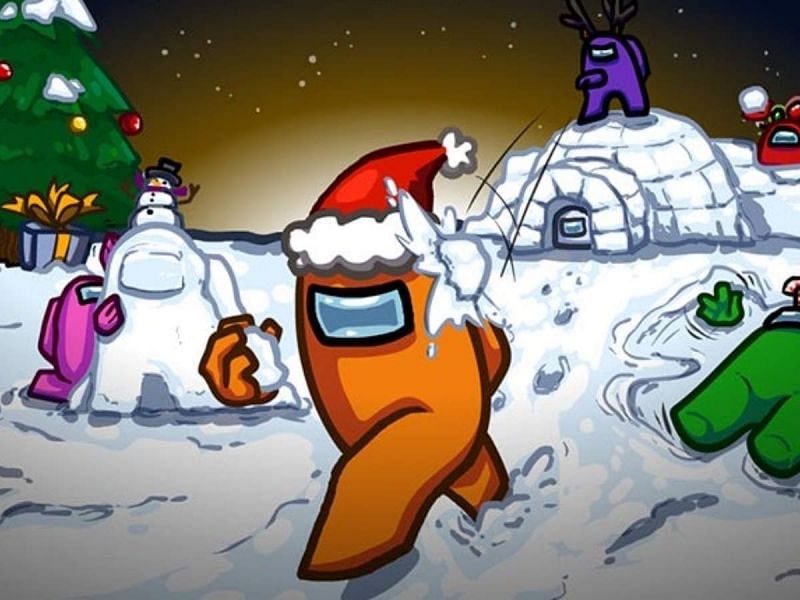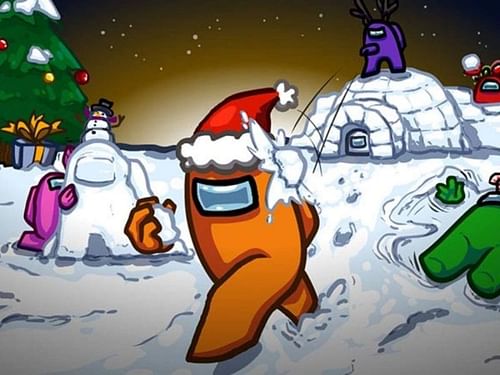
Looking back at Among Us and asking “Just what was all that?”

Much like genies being impossible to put back into bottles, or bread being impossible to unbake into flour, Among Us can never be undiscovered.
It seems as though the collective insanity brought on by the internet’s shared discovery of a two-year-old game has finally begun to pass, though leaving Among Us in a much better position than it was in a year ago. Looking back at this wild ride, it’s fair to ask just what all that was.
Among Us inspired global adoption
It’s difficult to describe what happened to Among Us in late August of 2020 as anything other than the sudden and near universal adoption by the wider gaming community.
A game which languished in near total obscurity found itself downloaded and installed on more and more smartphones and PCs, as players desperate for something to play with friends latched on to the game.
This period launched a number of immediate issues, as servers struggled to keep up, hackers began to exploit the uncontrolled virtual space, and more and more players seemed to pour in each day.
Shortly afterwards, Among Us could be found everywhere; memes, fan art, music videos, TikToks, graffiti, school, plush toys, shirts, key chains, and so much more than could ever be listed.
Among Us seemingly sprang out of nowhere, and while it will never return to that level of obscurity again, it seems to have begun settling into a more natural and tame period with both a core and peripheral audience.
The core remains, the periphery returns, the rest move on
Every game has three groups of players, the core players, peripheral players, and former players. Core players are those who return to the game regularly, usually multiple times a week. Peripheral players are those who come back to the game every once in a while, usually as part of an event or group, but they are likely to stop and wait for another event to try again. Former players are those who have moved on from the game and have no intention of returning.
Players moving from core to periphery to former is a natural part of any game, with many games spending millions on finding new ways to grow and retain their core audience. But while the core audience might be the most profitable to keep around, every game will eventually become outdated, and its players will eventually move on.
On SteamCharts, fans can actually see a live count of how many players return to the game, though there’s no way of knowing whether these numbers represent the same returning players or cycling peripheral players.
Nonetheless, for Among Us, it seems that it has retained a core audience on Steam of around 60,000 players each day, but can still climb near 100,000 players on weekends, not including mobile players.
Still, this is a significant decrease from its former peak of 438,524 players a few months back, or the monthly averages of 175,000. This is because Among Us has undergone a normalization process, and these remaining numbers are more accurate to the audience they can support.
It will be interesting to see how long the core for Among Us lasts, but it shouldn’t be too surprising to see this game even years from now.